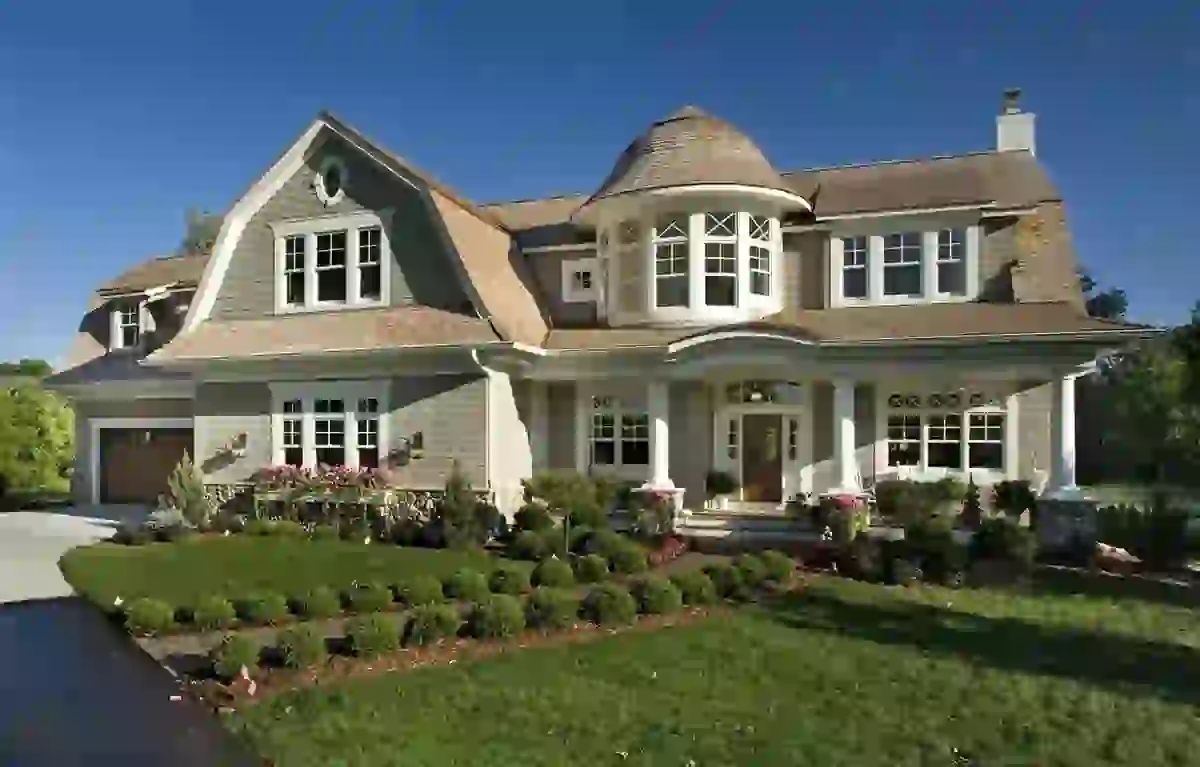Ventilation: Is It Vital to a Durable Roof?
Roofs are quickly destroyed when excess heat and moisture get into the attic. When you or your family take a shower, boil water, or use a humidifier, moisture can get into your attic. Usually, this moisture is released from the attic through a ventilation system.
However, if the moisture cannot escape, it can cause mold, rot, and premature shingle deterioration. When your shingles are exposed to continuous heat, it can cause them to curve and cup. The weather can also dry out the asphalt in the shingles and make it crack easier.
The best way to avoid excessive amounts of heat and moisture is to ensure your attic is adequately ventilated. When providing proper ventilation, you have to ensure several key ventilation points are working correctly in your attic.
Ridge Vent
When using ridge venting, soffit vents are always required. Typically, the decking located on your roof has a small gap at the peak. A ridge vent covers this gap and allows excess moisture and heat to escape from the attic.
The ridge vent is substantial on the top but has small vents on the side. When you are repairing or replacing your roof, these ridge vents need special attention. They need to be covered, but unique shingles must be used. Cap shingles are required for coverage to ensure the ridge vent opening is not blocked, and moisture and heat can escape.
Soffit Vents
One of the easiest ways to ventilate at the soffit is a perforated soffit. If you are unsure of the nature of a soffit, it is the area located underneath the eaves of a roof. When the soffit is completely solid, you should install individual vents.
Unlike ridge ventilation, soffit vents are used to allow fresh air into the attic. This new air displaces excessively moist or warm air. It is vital that soffit vents are not covered by attic installation, or they become ineffective in providing the proper amount of ventilation.
Gable Vents
These vents are particularly helpful for attics that have two gabled sides. These gabled sides are one of the only locations where gable vents can be installed. This location allows a cross breeze to occur. This breeze can effectively move excessively hot and moist air out of the attic while allowing fresh air to circulate into the space.
Roof Vents
If you own an unusually large home or your roof is a hip roof, you can gain befits from providing other points of escape for heat and moisture. Roof vents come in a variety of options, including passive, turbine, and vans with a fan. The different types of roof vents ensure you can get the perfect amount of ventilation.
